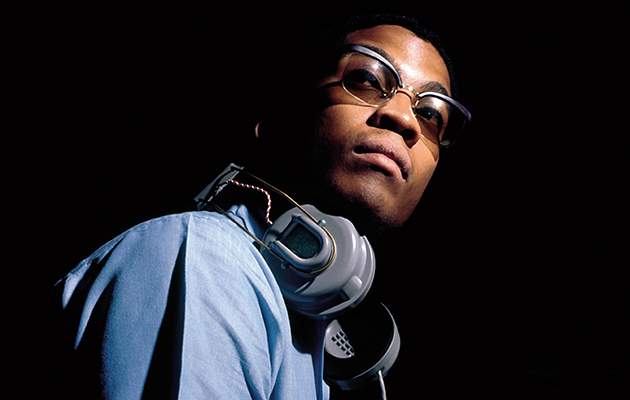When it was relaunched by EMI in the 1980s, Blue Note became the world’s biggest and most prestigious jazz label. This fascinating, if flawed, documentary by Swiss filmmaker Sophie Huber reminds us that, for most of its life, Blue Note was the outsider – the indie label competing with the big boys such as Verve, RCA, Columbia and Capitol. It was started by Alfred Lion and Frank Wolff – two Jews who’d fled Nazi Germany in the 1930s – who championed varieties of jazz that were often unpopular and uncommercial at the time.
Bringing to life a record label of this vintage is a tough job for a filmmaker. We have the music, of course, and the rostrum camera can linger over the perennially hip artwork of Reid Miles and Frank Wolff’s iconic black-and-white photos of the recording sessions, wreathed in sexy cigarette smoke. But there is surprisingly little live footage – only a 1953 TV clip of Clifford Brown and 1959 film of Art Blakey’s Jazz Messengers.
Order the latest issue of Uncut online and have it sent to your home!
Along with some archive audio interviews and clips of the current Blue Note bigwigs, Huber tries to tell the entire story using just musicians – old-timers Herbie Hancock and Wayne Shorter serve as a quizzical double act; saxophonist Lou Donaldson makes for a wheezing, hilarious raconteur; a host of recent signings (Robert Glasper, Ambrose Akinmusire, Kendrick Scott, Norah Jones) bring us up to date, while Ali Shaheed Muhammad from A Tribe Called Quest explains Blue Note’s relationship with hip-hop sampling culture.
A rare interview with optometrist-turned-studio engineer Rudy Van Gelder, recorded not long before he died, is largely wasted, although we get a tantalising look inside the cavernous studio he built in 1959 (“Neighbours saw the high roof and said, ‘Oh look, they’re building a church’!”). But there are moments where the film desperately needs a critic or a historian to fill in some huge gaps in the story.
The narrative mysteriously halts in the late 1950s, ignoring a whole decade of era-defining recordings by the likes of Freddie Hubbard, Jimmy Smith, Sonny Rollins, Jackie McLean, Andrew Hill, Donald Byrd and Lonnie Smith. Instead Huber tries to recreate the spirit of the era by filming Shorter and Hancock as they re-create an old 1960s composition, “Masquelero”, with the latter-day Blue Note All Stars. It’s an interesting means of facilitating an interview with the pair, but it doesn’t really work as a narrative device, and we end up frustratingly short of an understanding as to what defines and motivates this timeless, remarkable music.



